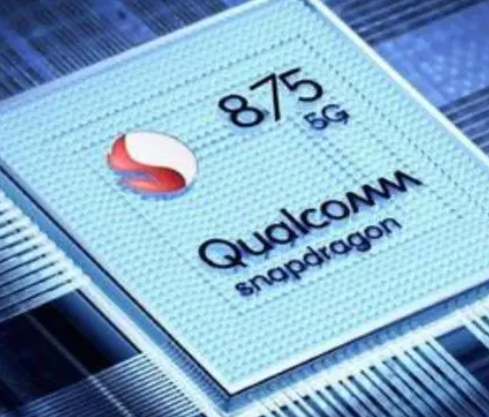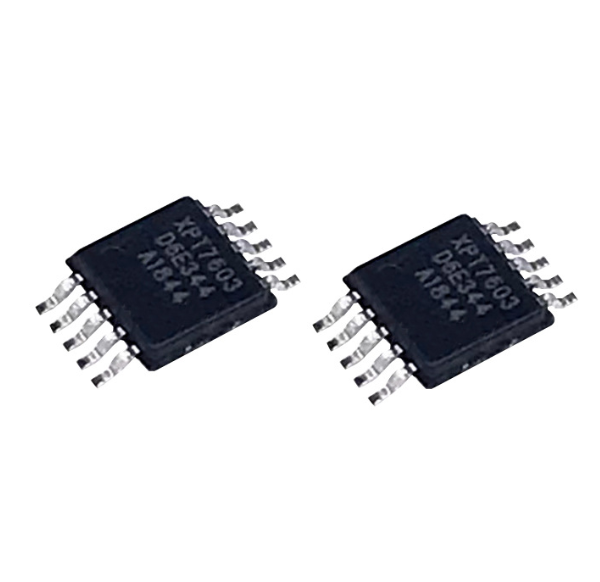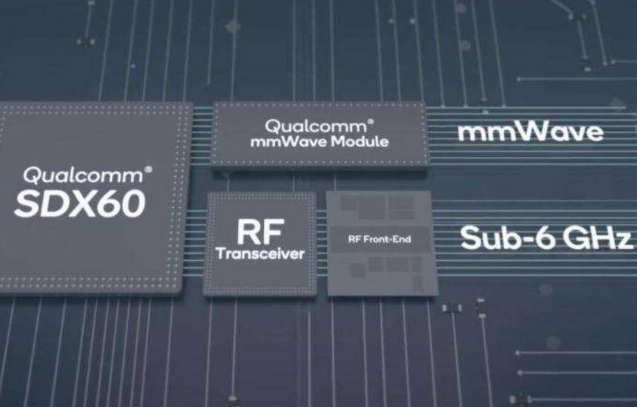Why does Qualcomm plug 5G chips?
Why does Qualcomm plug 5G chips? Qualcomm is one of the biggest winners in the 5G era, and it occupies an important position in the field of 5G chips.
This year’s Snapdragon 875 once again chose the plug-in baseband method to achieve 5G. This caused some netizens to complain, believing that Qualcomm has been surpassed by Huawei in technology, and even “technology is not as advanced as Huawei”.

Why does Qualcomm plug 5G chips?
But in fact, Qualcomm has not lost its advanced nature. Qualcomm’s process of choosing an external 5G baseband actually takes into account many factors.
First, Qualcomm needs to sell the baseband to Apple. Because Qualcomm and Apple once had a patent dispute, after a year of war, the two sides reached a settlement earlier this year.
This also means that Apple will once again be a customer of Qualcomm chips. Apple is very strict with suppliers, if Qualcomm integrates 5G chips under the processor, it will not be able to let Apple use its baseband, and can only engage in a separate external baseband. This will increase Qualcomm’s costs, and at the same time reduce adaptability, which is not the result that Qualcomm hopes to see.
Secondly, Qualcomm is not only producing 5G chips, but also has competitive demand for other chip manufacturers such as Intel. Cross-domain competition will lead to more intense competition from major chip manufacturers. Qualcomm has considered the market demand for IoT devices, introduced technologies such as antennas that support full Netcom, and stacked these technologies on the processor layer by layer. In this way, it not only responds to the demand for 5G in the mobile phone market, but also meets the market demand of other Internet of Things devices.
Finally, Qualcomm has also considered defining cost as a primary goal. In fact, last year Qualcomm released 5G chips Snapdragon 765 and 765G, which used the 5G baseband X52 integration method. Adding a chip also increases production and manufacturing costs, which is not conducive to Qualcomm’s profitability. Qualcomm is headquartered in the United States, and the US government has a strong positive intervention advantage, so such a lead will be fully reflected in many aspects and become an important tool to master the market and discourse.
XPT7603 SMD MSOP10 power chip
The difference and advantages and disadvantages of external chips and integrated chips
The external baseband is to make the core components of mobile communication into an independent chip separately, and connect with the processor in some way to realize the function of mobile communication. The integrated chip is a chip that combines the baseband with the processor to achieve all functions.
One of the advantages of plug-in chips is greater freedom in design and performance, which can be optimized for different markets and needs.
At the same time, the cost of external chips is also lower than that of integrated chips, and the production and manufacturing costs are lower. Plug-in chips also offer greater flexibility and are compatible with older wireless communication standards and newer communication standards, enabling a wide range of applications. In addition, the replacement speed of external chips is also more flexible.
In contrast, integrated chips have higher cost performance and better processor performance. It is also more compact in design and reduces the space footprint. In addition, because the internal connection of the chip is more direct, the communication performance of the integrated chip is better, the performance stability is higher, and it is not easy to interfere and reduce the frequency.
5G chip X60 – 5g chip manufacturers – wifi chip manufacturers in india
The future of external chips
At present, there are no absolute advantages and disadvantages between plug-in chips and integrated chips, and can only be selected according to specific applications. It is not difficult to see that the future IoT market will be one with ever-expanding needs and changing standards.
If an integrated chip is used, it will be very difficult to update the baseband chip alone, while the external chip can be upgraded through simple system software, which is cheaper and more cost-effective than directly upgrading the processor in a single piece. Therefore, external chips will also be more suitable for IoT devices in future application scenarios.
In this era of the Internet of Things, plug-in chips are not facing choices, but trends. Whether it is Qualcomm, MediaTek, or other chip manufacturers, they are facing the trend of plug-in design guidelines, and the broad prospects of the future Internet of Things market will further debunk the so-called chip integration theory of advantages and disadvantages.
conclusion
Qualcomm’s choice of external chips and integrated chips is not superior, but according to the applicable scenarios and specific needs. From the perspective of cost, adaptability, upgrades and flexibility, plug-in chips have greater advantages and potential.
In the 5G era, plug-in chips also have their irreplaceable advantages, and what Qualcomm does is also to better meet the needs of the market. Whether it is the Internet of Things or the mobile phone market, as long as it can meet the market demand and support the whole Netcom, the plug-in chip has a longer development prospect. Not only that, the plug-in chip has also played a good role in promoting the development of 5G in terms of cost performance, flexibility, and upgrades. In the process of future development, it is foreseeable that plug-in chips will continue to occupy an important market share.









On June 13, 2023, there are rumors that Qualcomm will resume the supply of 5G chips to Huawei, and Huawei may release 5G-enabled Mate 60 series mobile phones in the second half of the year. Beijing News Shell Finance conducted a multi-party verification of this. Yu Chengdong, executive director of Huawei, CEO of Terminal BG, and CEO of Intelligent Vehicle Solution BU, told Shell Financial Reporter that this was “fake news”.
In other official channels, Huawei and Terminal BG have said that there is no news to disclose at present. As of press time, the other party in the rumor, Qualcomm, has not responded to the request for comment from the shell financial reporter.
Qualcomm 5G chip Snapdragon 888’s Kryo 680 CPU uses the Cortex-A78 and Cortex-X1 cores just released by Arm in May this year, an X1 performance super core with a main frequency of 2.84GHz + three A78 large cores with a main frequency of 2.4GHz + four A55 small cores with a main frequency of 1.8GHz with a three-cluster design, plus the blessing of Samsung’s 5nm process, so that Qualcomm 5G chip Snapdragon 888 has an excellent energy efficiency ratio.
In terms of GPU, Qualcomm’s 5G chip Snapdragon 888 uses Adreno 660 GPU, achieving the largest performance improvement to date, with graphics rendering speeds increasing by as much as 35%.